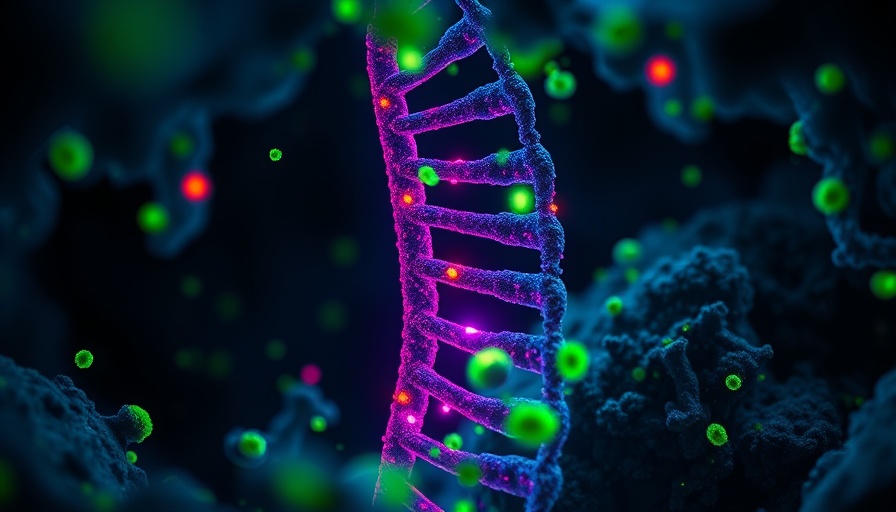
Is Einstein's Legacy in Quantum Physics Being Rewritten?
For more than a century, the world of quantum physics has been shaped by the ideas of luminaries like Einstein, Bohr, and Planck. These pioneers laid the foundation for understanding the dual nature of light, which behaves both as a wave and a particle. Recently, groundbreaking experiments at the Massachusetts Institute of Technology (MIT) have brought new insights that might even slightly challenge Einstein's views on light's behavior.
Unpacking the Double-Slit Experiment
The double-slit experiment, first conducted by Thomas Young in 1801, has long been a cornerstone of quantum mechanics. Young's experiment revealed that light spread out onto a wall in an alternating pattern instead of producing two discrete spots, illustrating the interference patterns characteristic of waves. This experiment has been pivotal in revealing the duality of light and is central to understanding quantum mechanics.
Evidence shows that while light can behave in these dual manners, it cannot be perceived as both at the same moment. MIT's recent experimental approach involving single atoms confirmed this principle, suggesting that Einstein’s quest to depict light as both a particle and a wave simultaneously was indeed a bridge too far.
Complementarity and the Uncertainty Principle
At the heart of this quantum quandary lies the uncertainty principle. Niels Bohr, another titan of the quantum realm, posited that complementary properties—like wave behavior and particle-like traits of photons—are irreconcilable at the same time. Einstein's objection to this randomness in quantum laws opened a discourse that shaped physics for many decades. His belief that we should be able to perceive both behaviors led to his experiments aligning with Young’s ideas but introducing a new layer of complexity and challenge.
The Implications of MIT’s Findings
As we grapple with these new findings, we also must consider their implications for the future of quantum technologies. Quantum computing, for instance, relies heavily on the principles unearthed from these foundational experiments. Innovations in quantum technologies could potentially revolutionize computing power, cryptography, and even artificial intelligence by exploiting quantum mechanical principles.
Future Predictions: Where Does This Lead Us?
With MIT's confirmation of light's behavior, researchers may direct attention towards refining quantum technologies and exploring new applications that were thought unimaginable a decade ago. These advancements hold the promise of significant innovations across sectors, further complicating our understanding of the universe.
Conclusion: The Ongoing Journey of Discovery
As we continue to probe the depths of quantum physics, it becomes clear that the debates and discoveries surrounding this field are anything but settled. The recent experiments at MIT not only affirm key quantum principles but may also inspire a new wave of thinking that challenges long-held beliefs. The journey toward understanding the quantum world is still unfolding, and who knows what new revelations lie ahead in this fascinating interplay of light, innovation, and the universe.
 Add Row
Add Row  Add
Add 




Write A Comment